Montessori Name Puzzle: Maximizing Sensory Coordination Through Play
In the world of child development, Montessori toys stand out for their unique approach to fostering independent learning and growth. Among these, the Montessori name puzzle is a standout toy designed to enhance a child's sensory coordination through play. This blog post explores how the Montessori name puzzle can benefit toddlers and provides tips for parents to integrate this educational tool effectively.
Understanding Montessori Toys
Montessori education is centered around the principle of allowing children to learn at their own pace through hands-on activities. Montessori toys are crafted to support this philosophy, encouraging children to explore and learn from their environment. The Montessori name puzzle, specifically, is designed to aid children in recognizing letters and understanding their own names, all through tactile and visual interaction.
Features of the Montessori Name Puzzle
Typically made from high-quality, safe wooden materials, Montessori name puzzles are tactile and visually appealing. Each piece of the puzzle represents a letter of the child's name, designed in a way that fits only in its correct position. This specificity helps in developing fine motor skills and visual recognition of letters, promoting both sensory and cognitive development.
Benefits of Sensory Play in Early Childhood
Sensory play is crucial in early childhood development. It helps children process sensory information and integrates that into their learning experiences. The Montessori name puzzle encourages sensory play by requiring children to manipulate the pieces, recognize texture, and differentiate colors, all of which are essential skills in early development stages.
How to Introduce the Montessori Name Puzzle to Toddlers
Introducing the Montessori name puzzle to toddlers should be a gradual process:
1. Start by letting the child explore the pieces freely.
2. Demonstrate how each piece fits into the puzzle.
3. Encourage the child to attempt placing the pieces independently.
4. Praise efforts and progress, regardless of the initial outcome.
Customer Reviews and Success Stories
Many parents have noted significant improvements in their children's ability to recognize letters and solve problems after regularly playing with Montessori name puzzles. These testimonials can be powerful in conveying the value of the puzzle to new customers. Featuring these stories in blogs and on product pages can also enhance credibility and attract potential buyers.
Conclusion
The Montessori name puzzle is more than just a toy; it is a developmental tool that aids in sensory coordination and cognitive development through play. Integrating this puzzle into your child’s play routine can provide significant educational benefits, making learning both fun and effective.
Call to Action
Explore the range of Montessori name puzzles available at your preferred toddler gift station today. Sign up for our newsletter for more insights, updates, and tips on choosing the best educational toys for your child’s growth and enjoyment.
Understanding Montessori Toys
Montessori education is centered around the principle of allowing children to learn at their own pace through hands-on activities. Montessori toys are crafted to support this philosophy, encouraging children to explore and learn from their environment. The Montessori name puzzle, specifically, is designed to aid children in recognizing letters and understanding their own names, all through tactile and visual interaction.
Features of the Montessori Name Puzzle
Typically made from high-quality, safe wooden materials, Montessori name puzzles are tactile and visually appealing. Each piece of the puzzle represents a letter of the child's name, designed in a way that fits only in its correct position. This specificity helps in developing fine motor skills and visual recognition of letters, promoting both sensory and cognitive development.
Benefits of Sensory Play in Early Childhood
Sensory play is crucial in early childhood development. It helps children process sensory information and integrates that into their learning experiences. The Montessori name puzzle encourages sensory play by requiring children to manipulate the pieces, recognize texture, and differentiate colors, all of which are essential skills in early development stages.
How to Introduce the Montessori Name Puzzle to Toddlers
Introducing the Montessori name puzzle to toddlers should be a gradual process:
1. Start by letting the child explore the pieces freely.
2. Demonstrate how each piece fits into the puzzle.
3. Encourage the child to attempt placing the pieces independently.
4. Praise efforts and progress, regardless of the initial outcome.
Customer Reviews and Success Stories
Many parents have noted significant improvements in their children's ability to recognize letters and solve problems after regularly playing with Montessori name puzzles. These testimonials can be powerful in conveying the value of the puzzle to new customers. Featuring these stories in blogs and on product pages can also enhance credibility and attract potential buyers.
Conclusion
The Montessori name puzzle is more than just a toy; it is a developmental tool that aids in sensory coordination and cognitive development through play. Integrating this puzzle into your child’s play routine can provide significant educational benefits, making learning both fun and effective.
Call to Action
Explore the range of Montessori name puzzles available at your preferred toddler gift station today. Sign up for our newsletter for more insights, updates, and tips on choosing the best educational toys for your child’s growth and enjoyment.


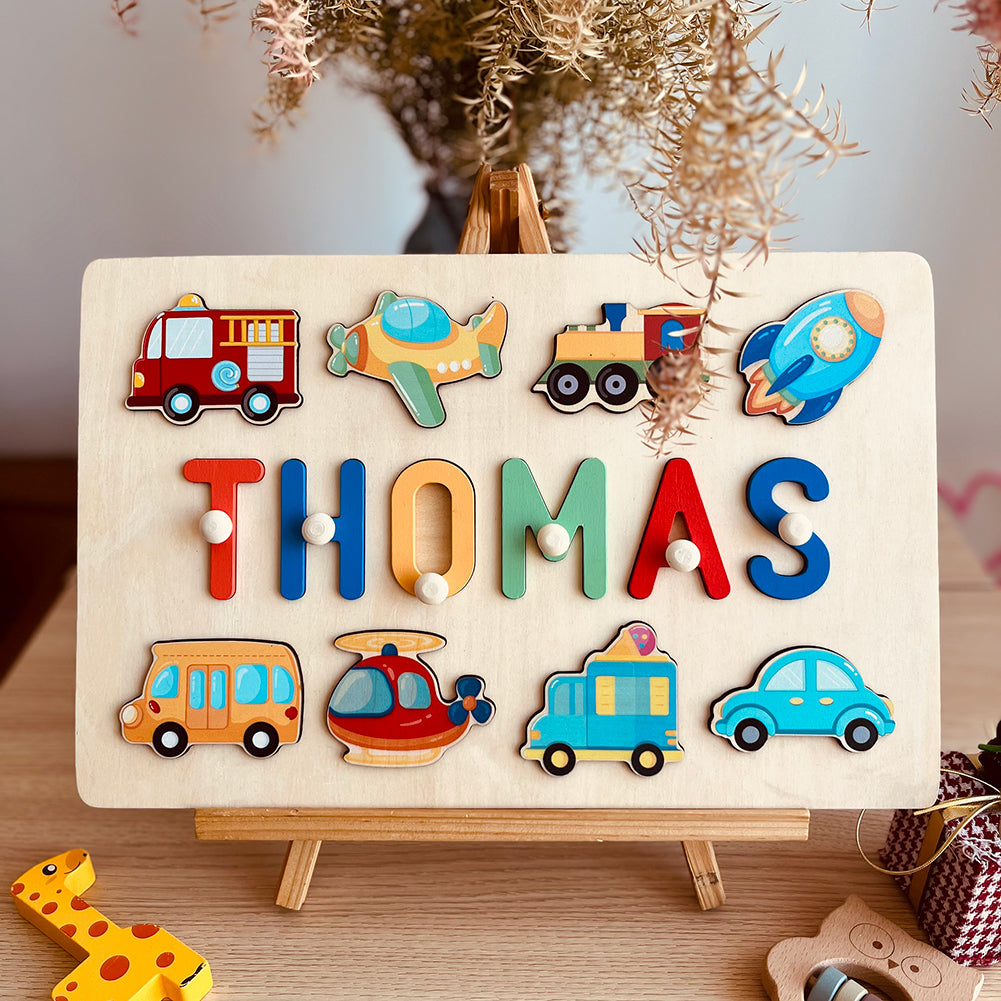
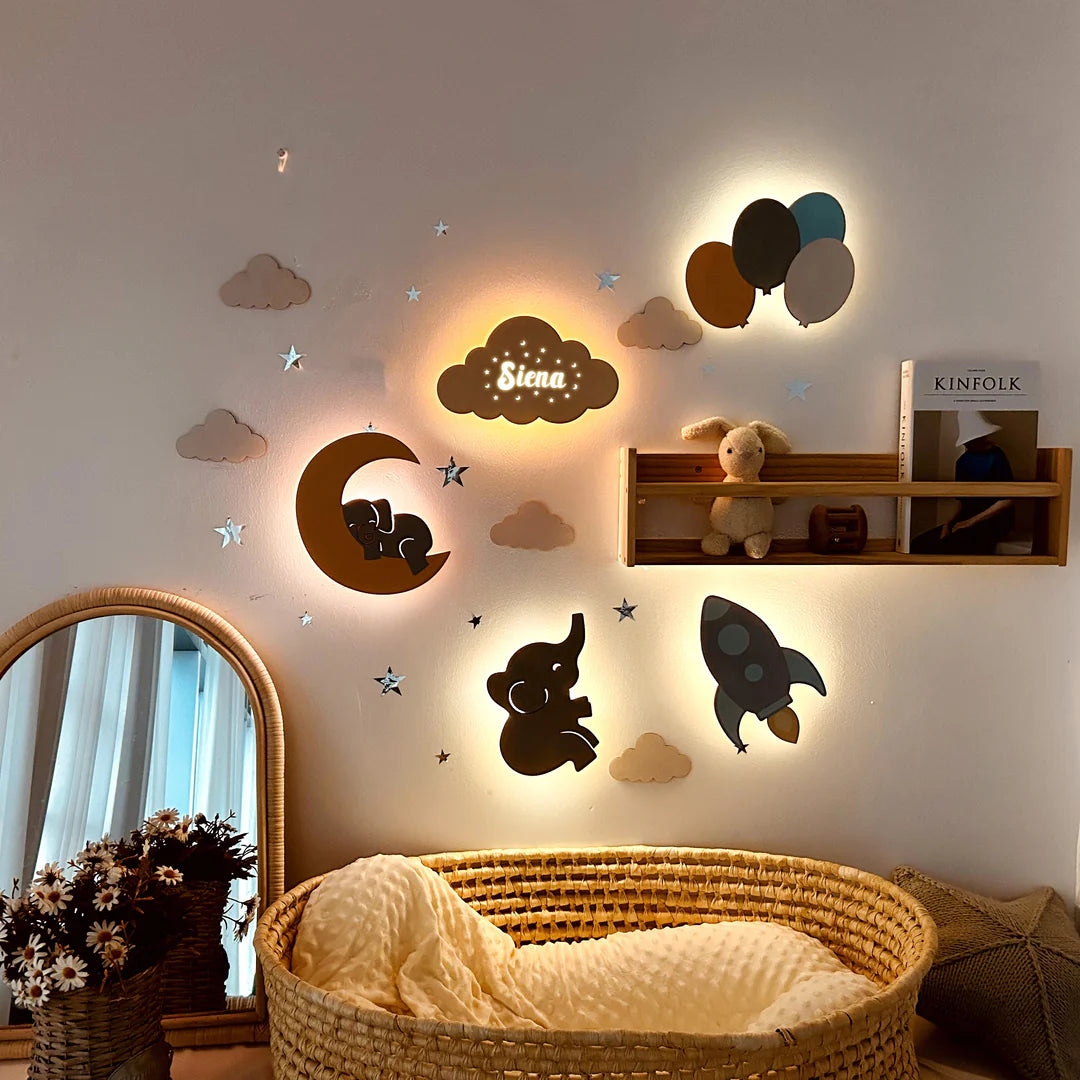


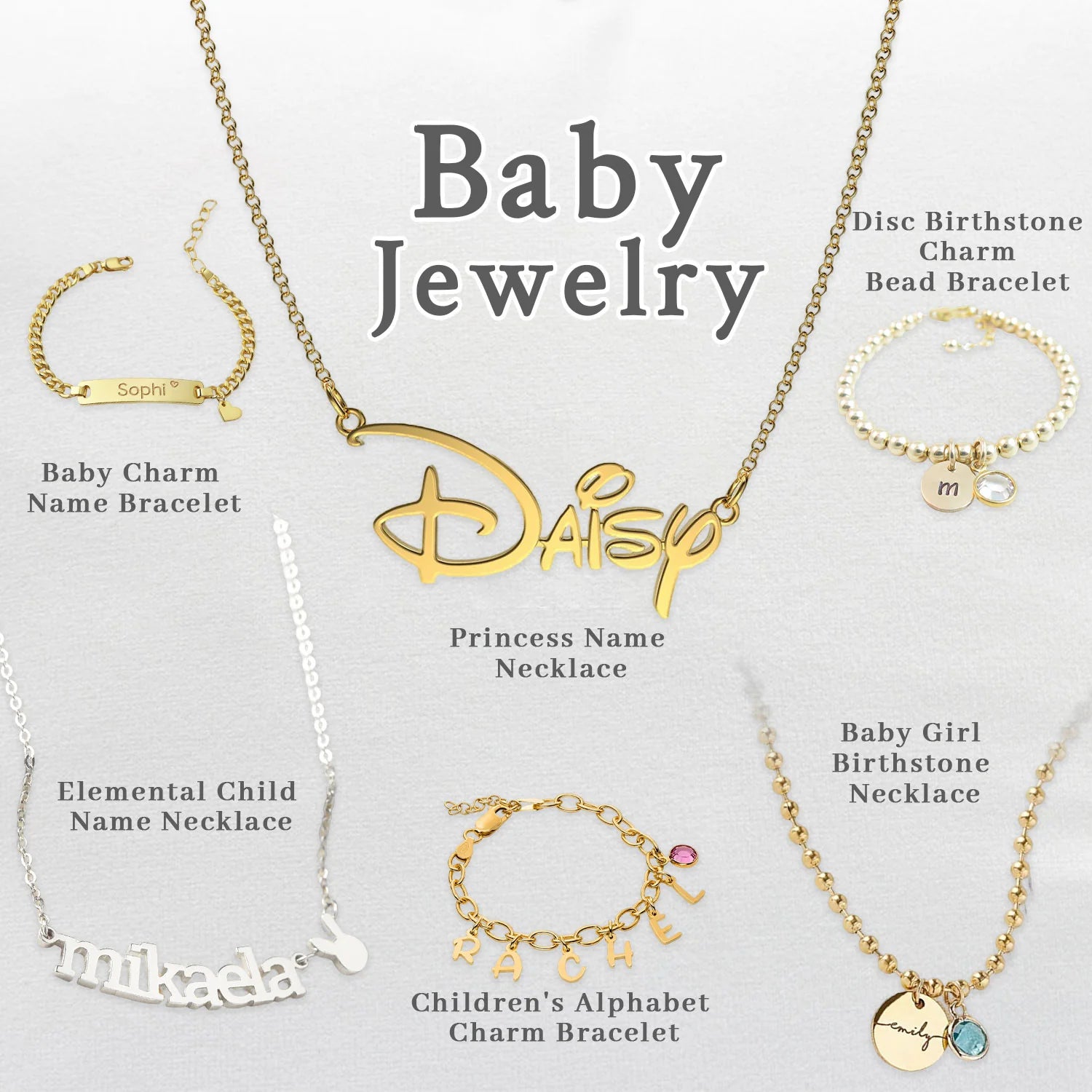
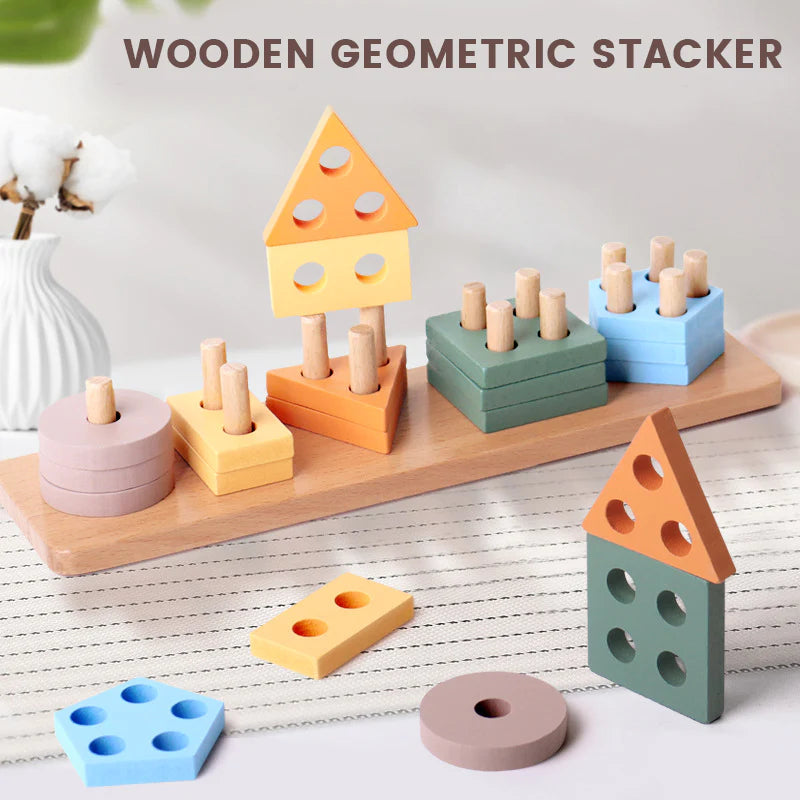



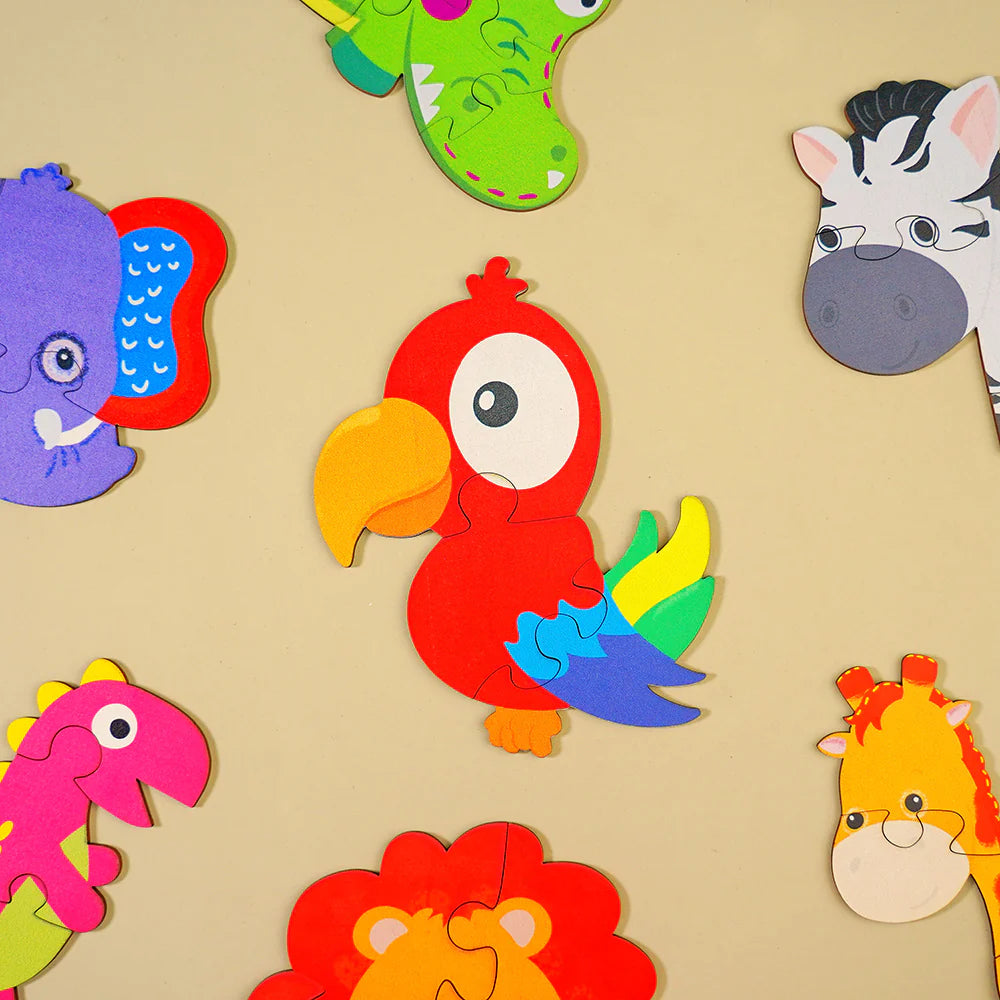





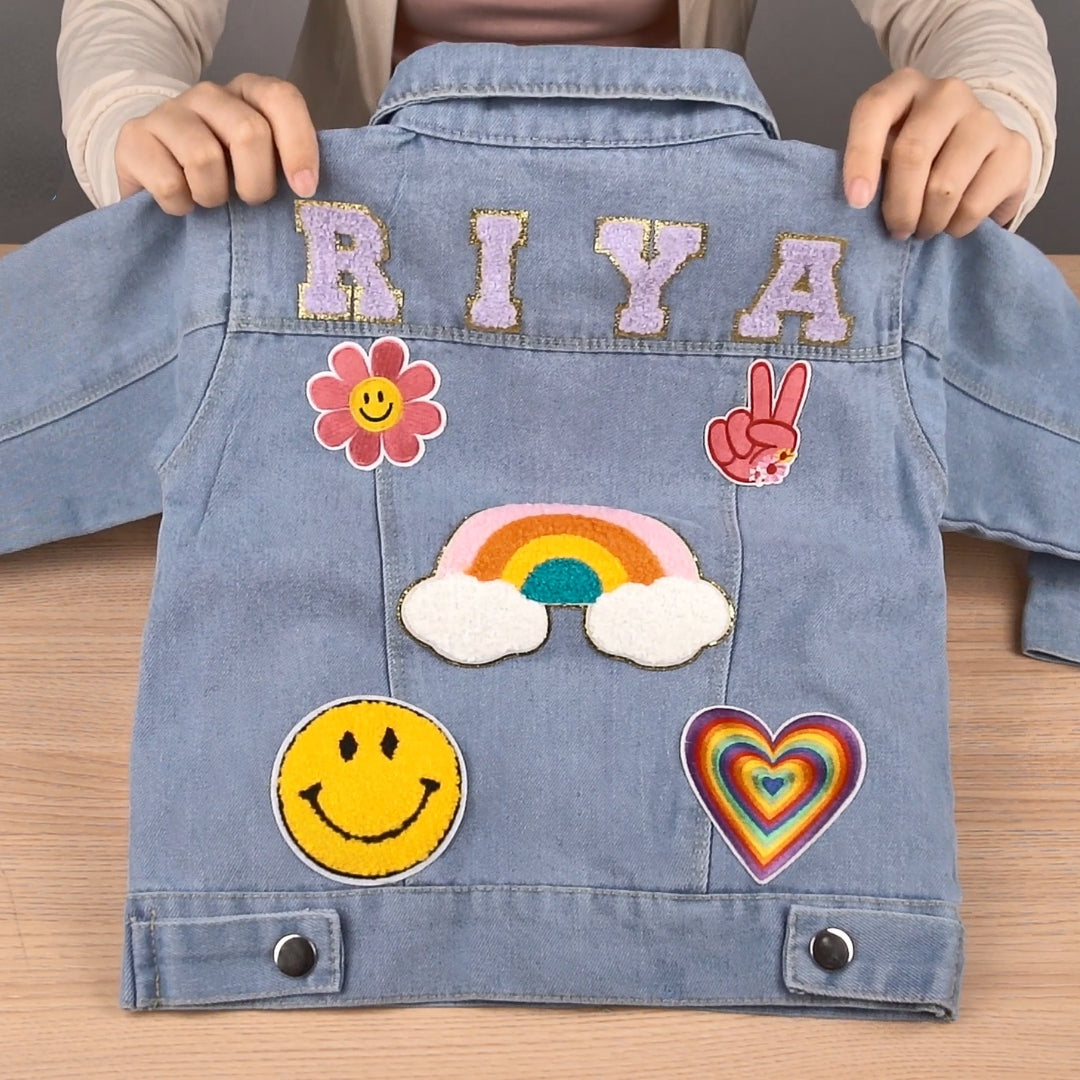



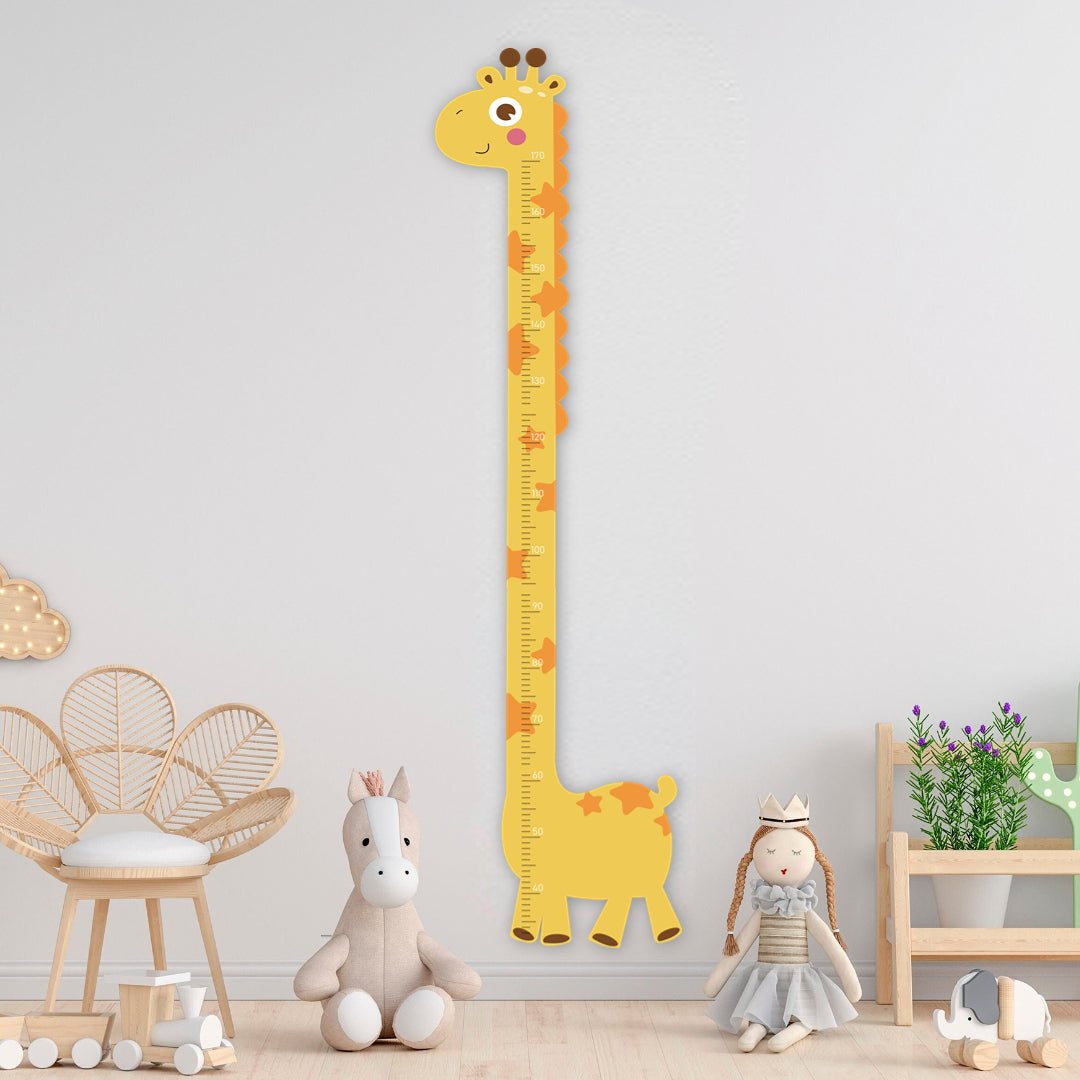
Leave a comment